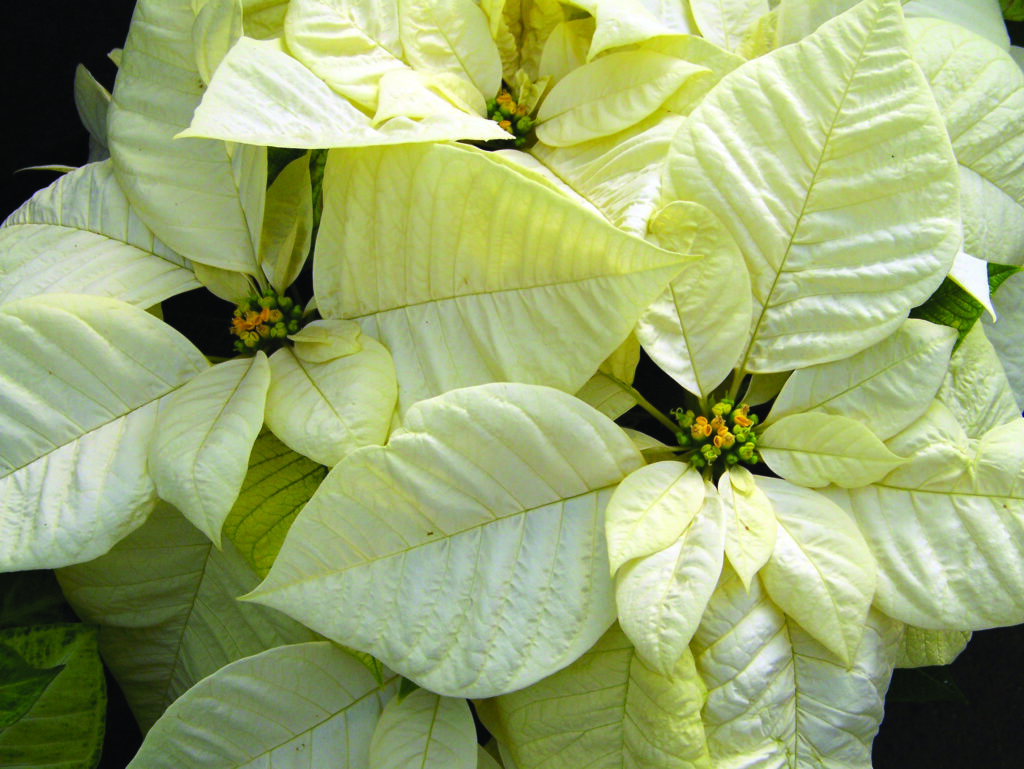There is an old belief that poinsettia plants can be deadly to pets or children if they are ingested. Many families avoid bringing poinsettias home for the holidays because of this myth. It is simply not true.
In 1919, a two-year old child died after, it was believed, he had eaten poinsettia leaves that caused his demise, but this was never established. The plant has been tested and tested and tested again for toxicity, but despite this, has never been listed as a toxin by any poison control center in the country. The ASPCA does not even recommend any treatment for animals that eat the leaves. The worst thing that can happen if your child, dog, or cat should happen to chow down on a poinsettia is that he or she will develop a tummy ache and possibly vomit.
The species is native to Mexico and parts of Guatemala. The plant is named after Joel Roberts Poinsett, the first United States ambassador to Mexico, who introduced the plant to America in 1825.
The colorful part of the poinsettia is believed by many to be a flower. It in fact is nothing more than a bunch of leaves. The flowers are the tiny yellow structures found in the center of each leaf bunch, which are called “cyathia.”
If you do bring this beautiful holiday plant into your home, here are some tips to follow.
• Water the soil only when it feels dry. Do not leave the plant standing in a saucer of water because this may result in root injury.
• Place the plant near a sunny window. Do not let any of the leaves touch a cold windowpane.
• Poinsettias thrive in rooms that reach 66 to 70 degrees during the day. If possible, move it to a room that is 60 to 65 degrees at night. If the plant is exposed to hot or cold drafts, premature leaf drop may occur.




